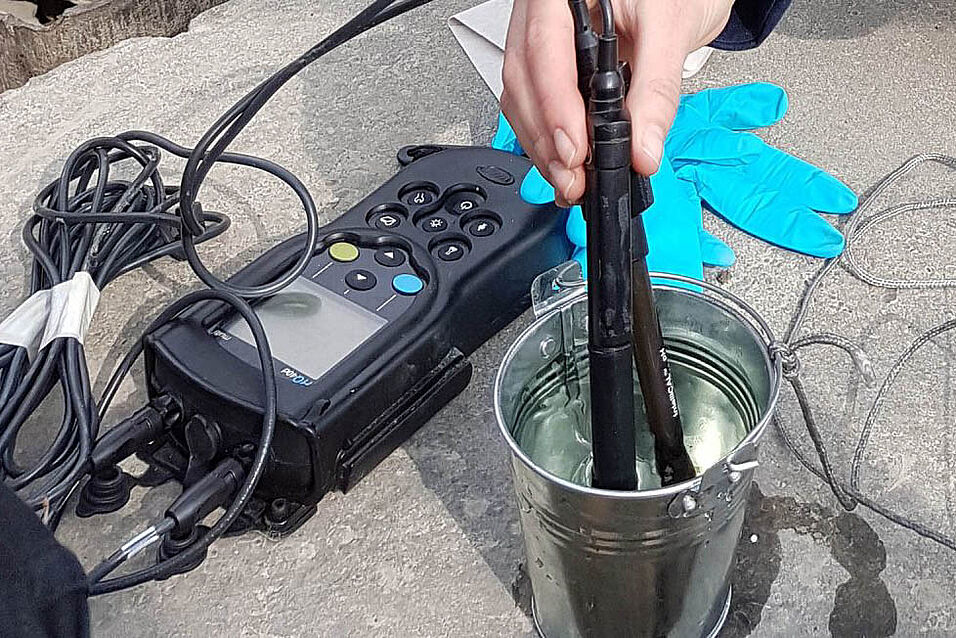The international research cooperation monitors the rivers for residues of 63 different pharmaceuticals. The aim of the study is to map pollution levels, identify hotspots of pollution and identify the social and economic factors that drive pollution. The analyses reflect what people living at the river sites consume, what diseases they have and what medicines they take to treat the diseases. "Our study also takes a look at less illuminated questions, such as the role that agriculture plays in the pollution of rivers," explains Thilo Hofmann. Drugs used in animal breeding and livestock farming end up on agricultural land both directly via animal excretions and indirectly via fertilisers (manure and slurry), entering groundwater, lakes, and rivers.
Pharmaceutical residues in rivers can affect the health of the environment and humans. Antibiotic residues pose a particularly great danger: if antibiotics get into the water, the bacteria living there develop resistance to them. The resistant bacteria can then enter the human body via the food chain.
More than 50 partners are involved in the study. The researchers take samples at a total of four points in the year to record the conditions during all four seasons. Last week, the Hofman Group team took the first samples at six sites on the Vienna River, the Danube and its tributaries March and Russbach. They expect first analysis results by the end of 2023.

